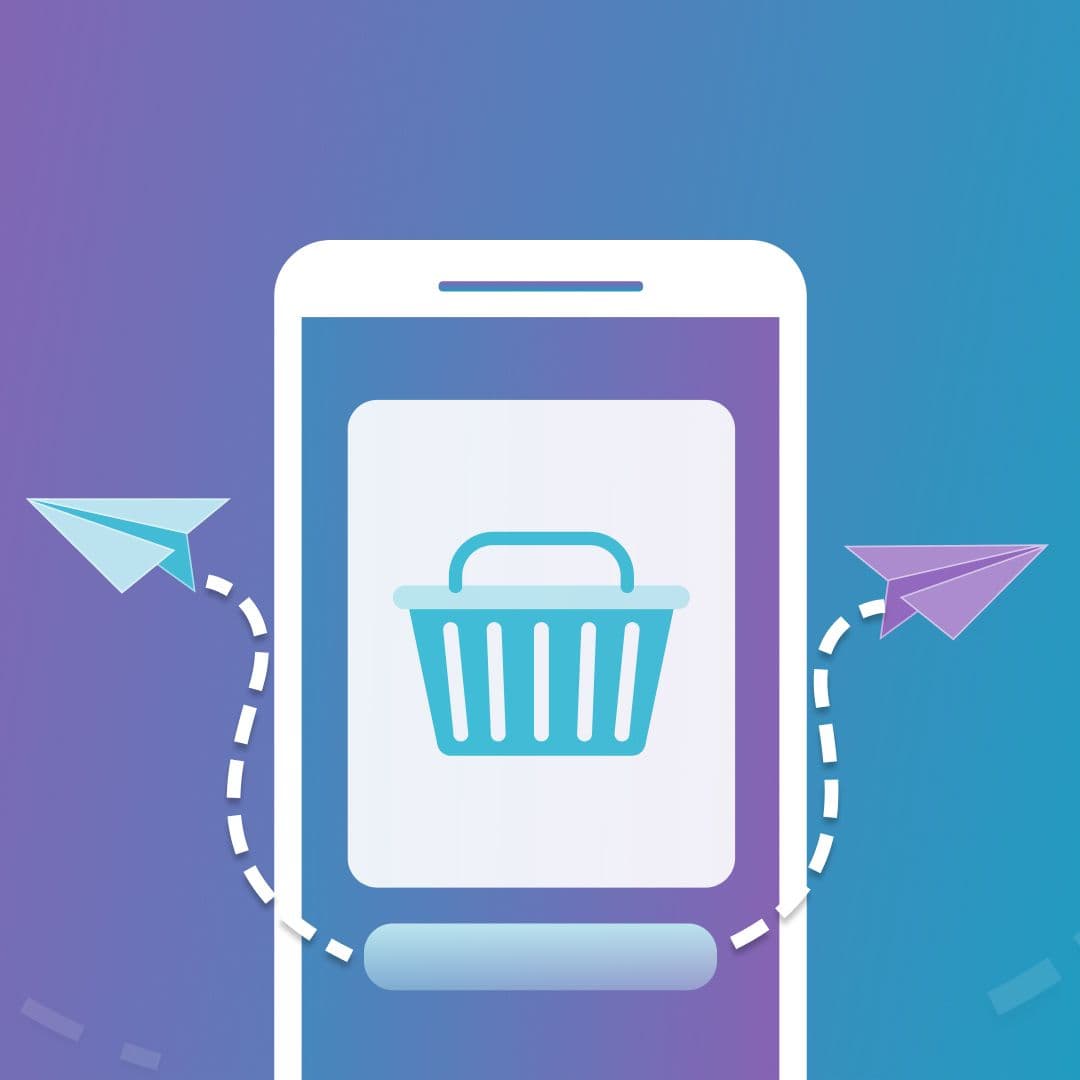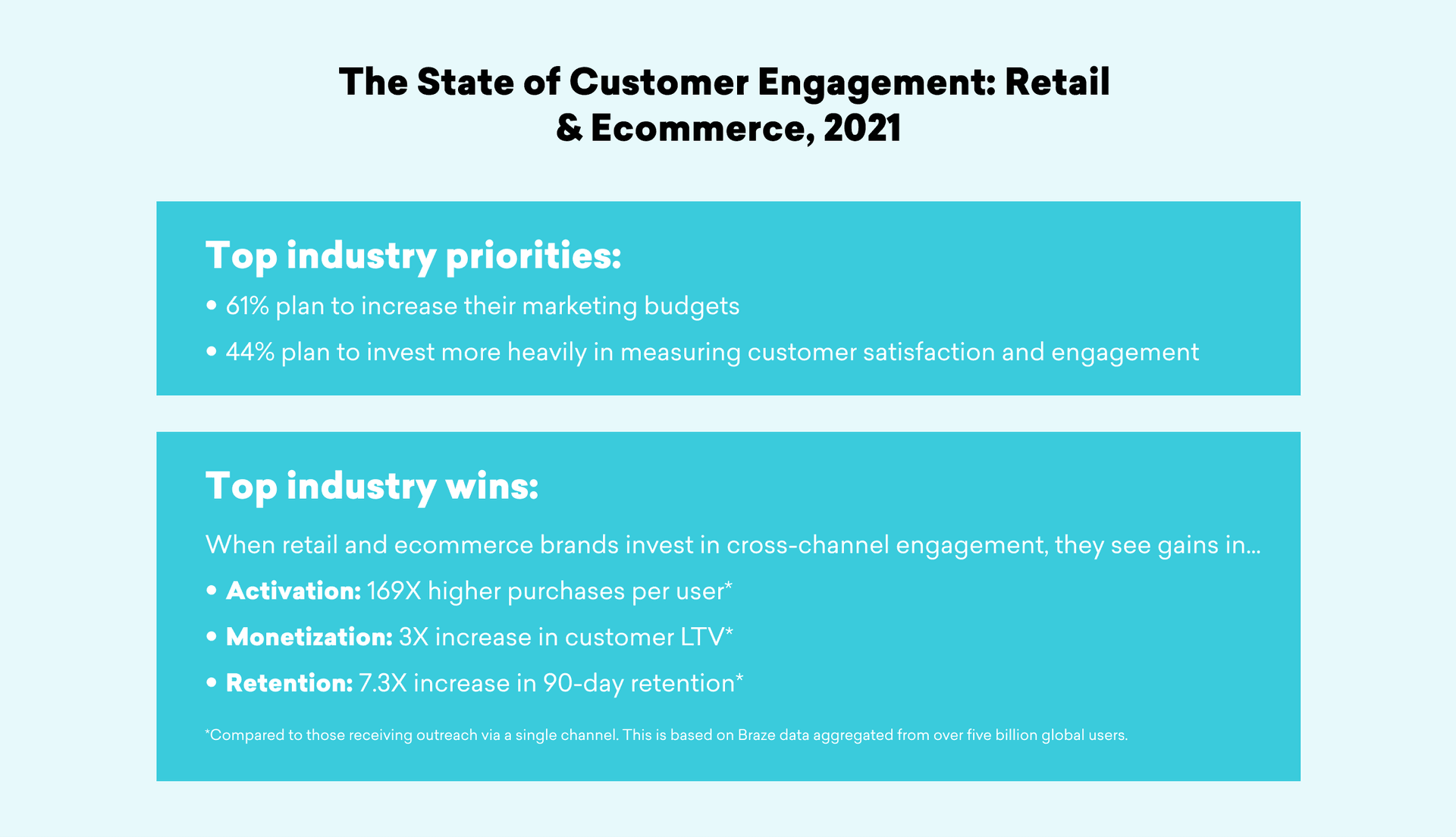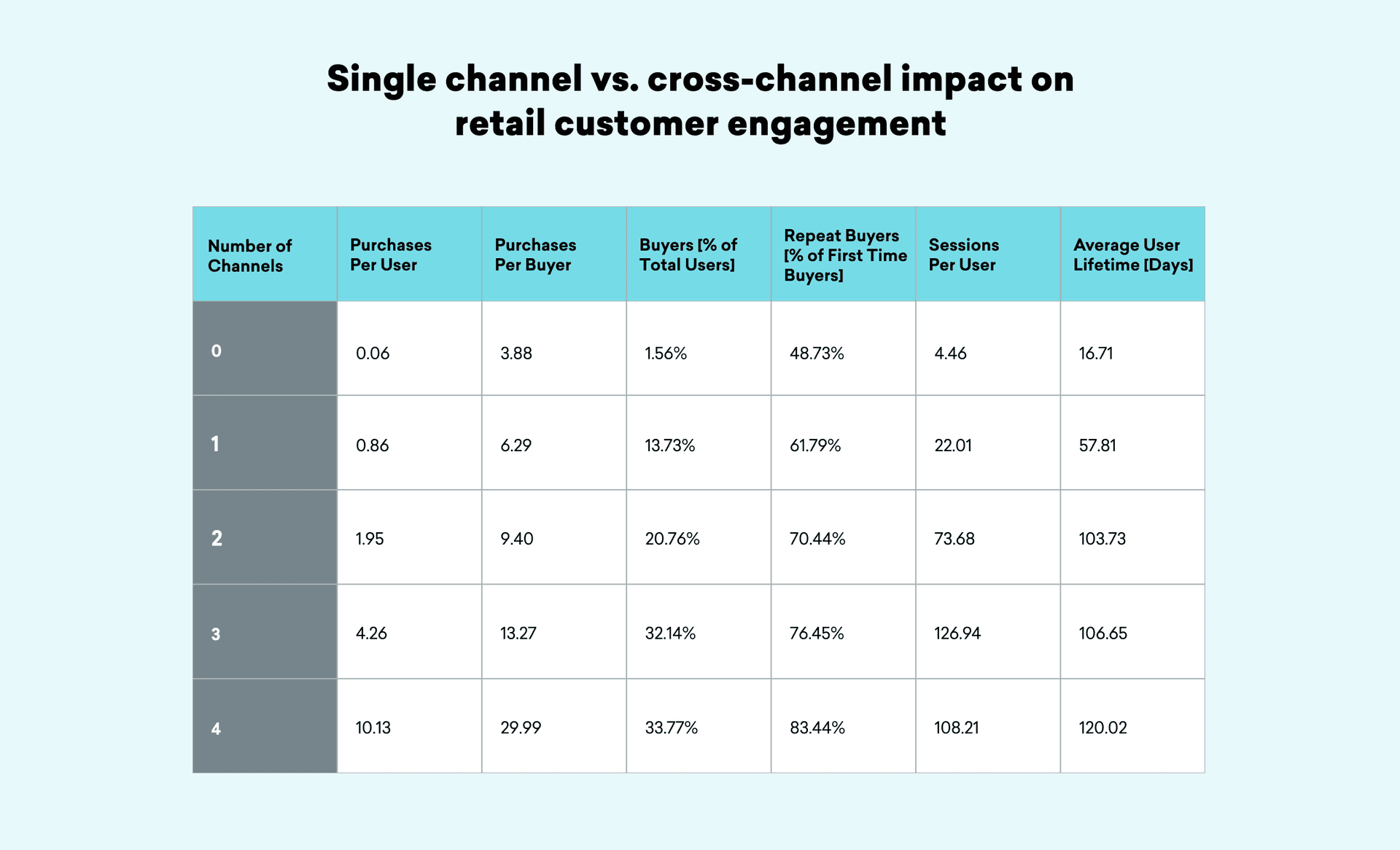Retail and Ecommerce: The State of Customer Engagement
Published on March 15, 2021/Last edited on March 15, 2021/6 min read


Mary Kearl
WriterA year on from the rise of COVID-19, companies around the world are still reeling from the impact of the pandemic. It’s a challenging environment for all businesses, but especially for retailers, who have seen significantly lower retention rates during the pandemic than even those seen during the notoriously ephemeral holiday season.
For retail and ecommerce brands looking to up their game or recover from a difficult year, there’s a clear path forward—namely, focusing on customer engagement. Customer engagement is the secret weapon that sets brands delivering exceptional experiences apart from the rest. That's because more than nearly any other time investment or business priority, how companies build relationships with their customers is central to their ultimate success. The challenge is: Getting customer engagement right isn't a one-time thing. It’s an ongoing process. As customer expectations evolve, new technology platforms emerge, and new behaviors and trends arise, brands must continuously adapt.
To help retail and ecommerce brands evaluate and elevate their own approaches to building relationships with customers, Braze put together our first annual Global Customer Engagement Review. Packed with analysis, the review reveals how excelling at customer engagement can directly drive long-term, capital-efficient business growth. Here's a look at some of the key findings.
Retail and Ecommerce Marketing Budgets are Growing—and Customer Engagement is a Key Priority
It's common knowledge that retail and ecommerce brands have to work harder than nearly any other industry to earn customer loyalty.
That's why these business leaders prioritize investments that advance customer engagement. In fact, this year, more than half of retail and ecommerce brands plan to increase spending related to their marketing efforts—greater than any other industry, according to a new survey of 1,300 VP+ marketing executives conducted by Wakefield Research on behalf of Braze. Nearly half of these leaders surveyed also shared that they want to get better at measuring critical customer KPIs like customer satisfaction and engagement this year.

That customer-centric focus isn’t surprising. Our research found that when retail and ecommerce brands optimized their customer engagement efforts by leveraging cross-channel messaging across four channels, they were able to increase customer LTV by 3X and boost 90-day retention by 7.3X. That ability to persuade customers to stick around longer and spend more with your brand is a game-changer for any brand, but especially in the retail and ecommerce space. And it’s achievable with the right approach to customer engagement.
Top Customer Engagement Opportunities for Retail and Ecommerce Brands
#1: Convert app users to buyers
While not every retail or ecommerce brand has a mobile app, our research suggests that the industry sees unusually strong engagement on mobile. In fact, retail and ecommerce shoppers’ app usage conversion rate is 15% higher than the average across all industries. But just because you have an app doesn’t mean that your online audience knows how to find it or will go ahead and download it on their own. To take advantage of how mobile-ready retail shoppers are, consider building out app download messaging campaigns that use website banners, in-browser messages, or emails to encourage app downloads.
However, while messaging retail shoppers to get them to engage with your app is a smart strategy, it can be a challenge to convince those same users to actually buy something. Our research found that while retailers see a much higher conversion rate for using an app, the conversion rate for purchases is about 30% lower than the average across industries.

One smart way to get customers more engaged—and more primed to make a purchase—is by expanding the messaging channels you’re using to encourage them to take action. Instead of just sending them an email to get them to check out an item or ongoing sale, consider leveraging an inside-the-product message type like in-app messages to keep the conversation going once the recipient has moved to your app.
Using in-app messages as part of your engagement strategy can help your brand encourage potential customers to move from simply looking to buying. Check out our overview, Go From Browsing To Conversions With In-App Messages, to learn more about to make this approach work for you.
#2: Go beyond a single-channel approach
While many brands connect with their customers via familiar channels like email or push notifications, retailers with the greatest success in terms of customer lifetime, number of purchases, and session activity, engage with customers across many key channels. For instance, brands that send web push only have an average LTV of $21.43, while retailers that embrace a cross-channel approach, including email, in-app messages (IAM), web push, and mobile push, see that LTV jump by more than 1615%.

Why is this kind of cross-channel approach so impactful? Because it allows retail and ecommerce brands to reach their customers where they are. Using more channels opens up or potential touchpoints of user engagement and expands the potential reach of each campaign, but it also makes it possible to string together multiple messages into a cohesive, persuasive messaging flow, keeping customers engaged throughout their user journey.
How Braze Can Help Retail and Ecommerce Brands Master Customer Engagement
It’s not enough for retail and ecommerce brands to understand the importance of customer engagement; they need to ensure that they have the technology they need to make that vision a reality. Thankfully, the Braze platform has been architected to support in-the-moment streaming data and native cross-channel orchestration, allowing retailers and ecommerce companies to seamlessly build out rich, timely messaging campaigns across the full spectrum of outreach channels. The effect? Stronger customer relationships and better business results.
What does that look like in practice? Consider leading fashion ecommerce brand Pomelo Fashion. When Pomelo wanted to re-engage customers who had started the checkout process, but who had left before making a purchase, they turned to Braze. The company used the Braze platform to build out responsive, cross-channel messages that targeted individual shoppers about recently abandoned carts, driving a 5% increase in sessions, an 84% increase in conversion rate, and a 235% increase in revenue when compared to users who didn’t receive targeted messages.
Ready to Realize Your True Customer Engagement Potential?
Companies that get customer engagement right enjoy the benefits of increased customer loyalty and customer lifetime value while also keeping customer acquisition costs low. Check out the complete 2021 Global Customer Engagement Review to learn how organizations with advanced customer engagement strategies exceeded their revenue goals in 2020—and the specific tactics brands like the NBA, Grubhub, Payomatic, and GOAT use to achieve their customer engagement and overall business KPIs.
Related Tags
Be Absolutely Engaging.™
Sign up for regular updates from Braze.
Related Content
View the Blog
A day in the life of a data scientist on the BrazeAIᵀᴹ forward-deployed engineering team

McKay Jensen

The new inbox reality: How iOS changes are reshaping email marketing

Aparna Prasad

Experience optimization: Turning data insights into better journeys
